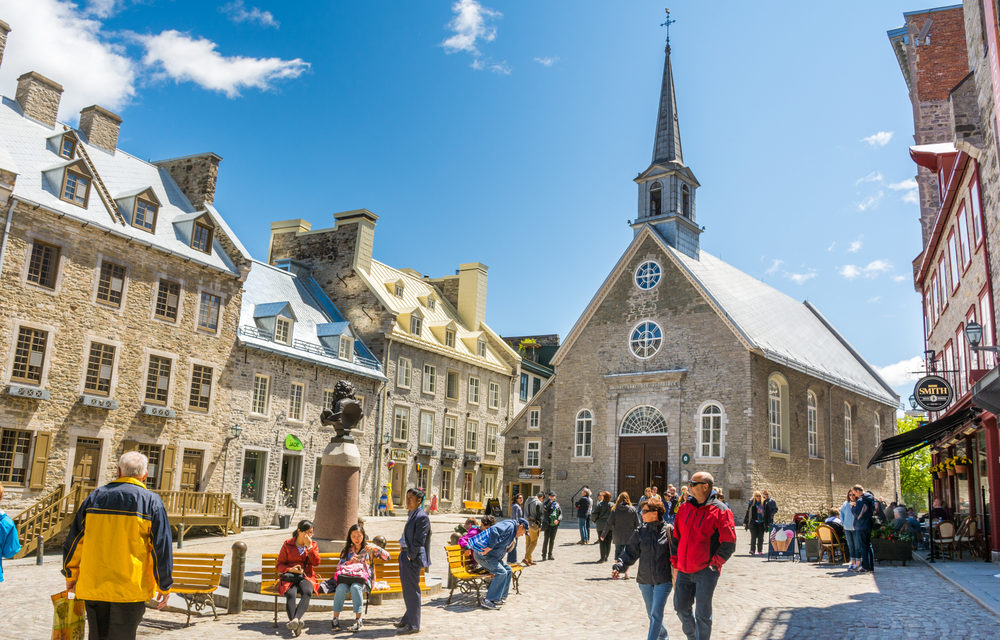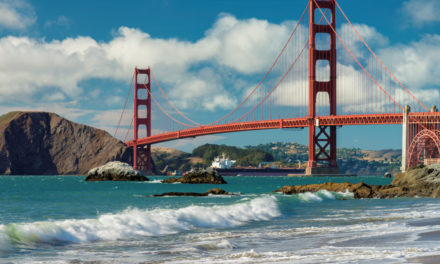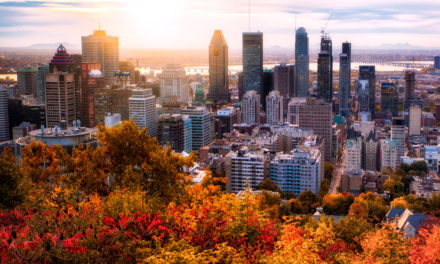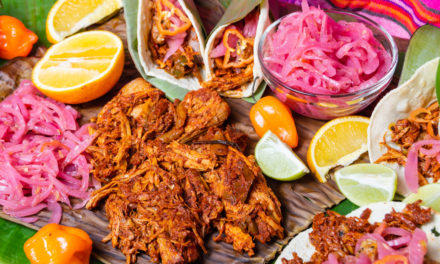Top Tourist Attractions And Places to Visit in Quebec City
Quebec City is an ideal destination for a blend of history, culture, and nature. As one of North America’s oldest cities and the capital of Quebec province, it’s renowned for its UNESCO-listed Old Quebec, reflecting French colonial heritage with cobblestone streets and historic architecture. The city offers a rich culinary scene featuring local delicacies, international cuisines, and diverse shopping options.
Nature enthusiasts can enjoy various outdoor activities in the surrounding landscapes, while cultural festivals highlight the city’s rich history. Quebec City is safe, accessible, and open to visitors from around the globe, easily reachable by multiple modes of transportation. This beautiful city promises a unique experience with its 400-year history and vibrant French Canadian culture.
Check out our guide: Best Places to Visit in Canada
Best Things To Do In Quebec City, Canada
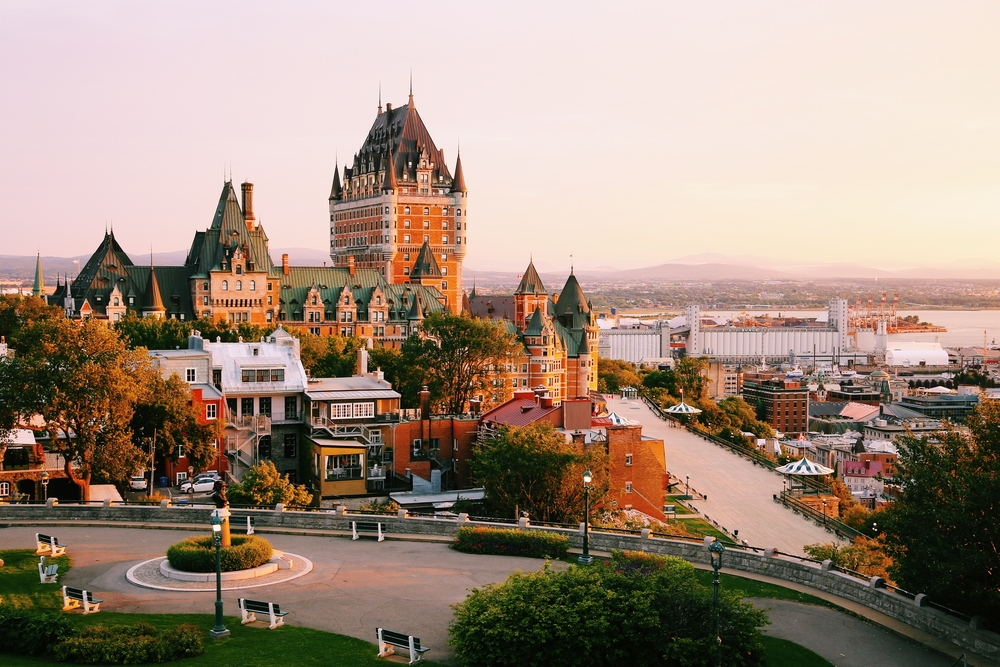
Old Quebec Neighborhood:
If you are looking for a place to visit that combines history, culture, and charm, consider traveling to the Old Quebec Neighborhood. This is the historic heart of Quebec City, where you can explore the only fortified colonial city north of Mexico, declared a UNESCO World Heritage Site in 1985.
You can wander through Petit-Champlain, one of the oldest shopping streets in North America, and discover the historic gems found inside the walls, including the ramparts and the Château Frontenac. You can also enjoy the shops and marina of Old Port and soak in the atmosphere of the Plains of Abraham and Parliament Hill.
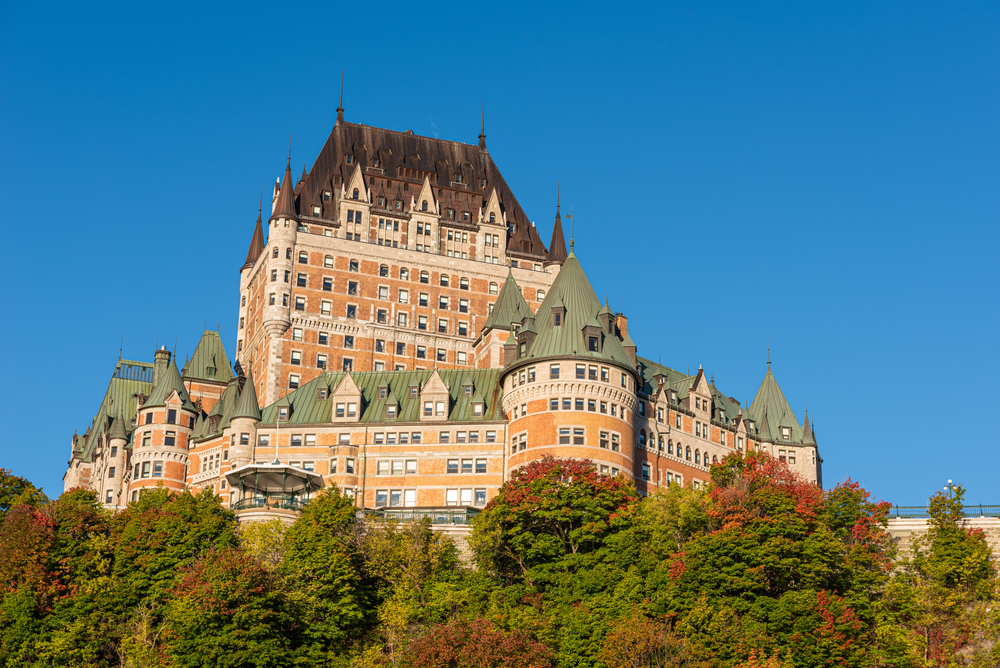
Fairmont Le Château Frontenac:
Fairmont Le Château Frontenac is a luxurious, historic hotel in Quebec City, Canada. This hotel, built by the Canadian Pacific Railway company in 1893, is a National Historic Site of Canada and a city landmark.
It offers stunning views of the Saint Lawrence River and the old city, as well as four elegant culinary destinations, indoor pools, spa treatments, and a superb fitness and aquatic center. The hotel has 610 rooms and suites, each with a contemporary style that reflects its distinguished history.
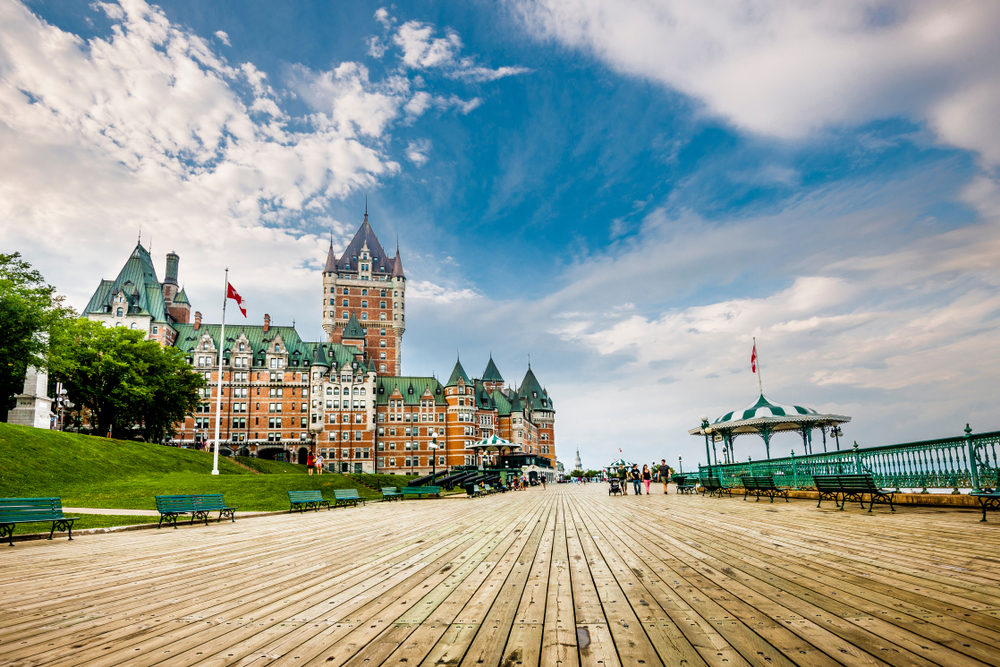
Dufferin Terrace, Quebec City:
Dufferin Terrace is a boardwalk that wraps around the Château Frontenac in Quebec City, Quebec, towards the Citadelle, overlooking the St. Lawrence River. It is named after Lord Dufferin, Governor of Canada from 1872 to 1878.
It is a popular attraction for tourists and locals, who enjoy the stunning view, the street performers, the tobogganing runs, and the archaeological museum under the terrace. It is open all year round and offers different activities for each season.
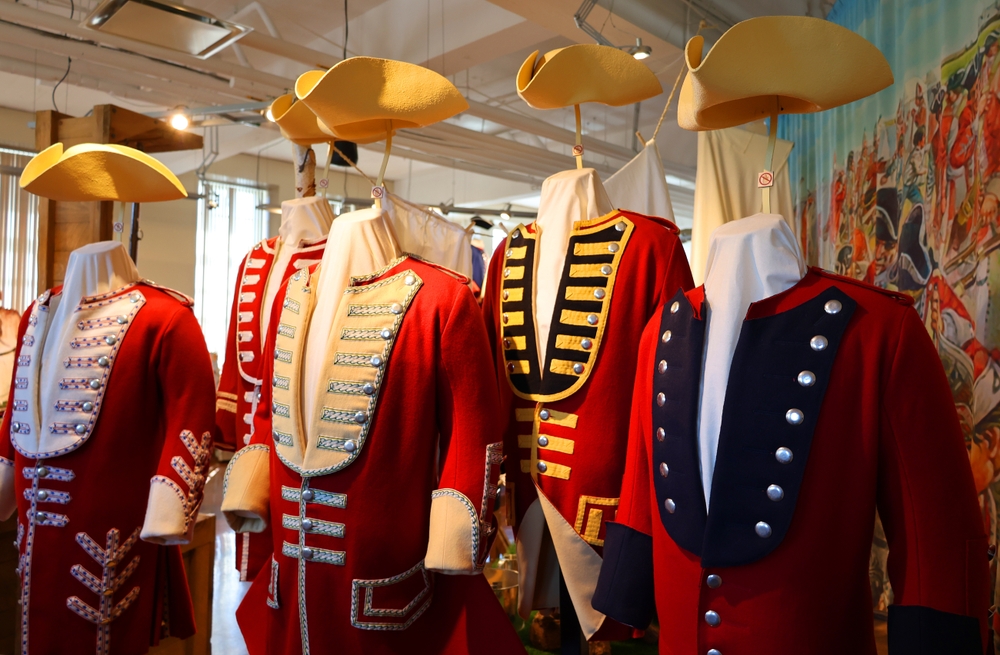
The Plains of Abraham, Quebec City:
The Plains of Abraham is a historic area within the Battlefields Park in Quebec City, Quebec, Canada. It was established on 17 March 1908 and is the site of the Battle of the Plains of Abraham, which took place on 13 September 1759.
In this battle, a British invasion force led by General James Wolfe defeated French troops under the Marquis de Montcalm, leading to the surrender of Quebec to the British. Both commanders died from their wounds. The park is today used by millions of visitors and tourists annually for various activities and events.
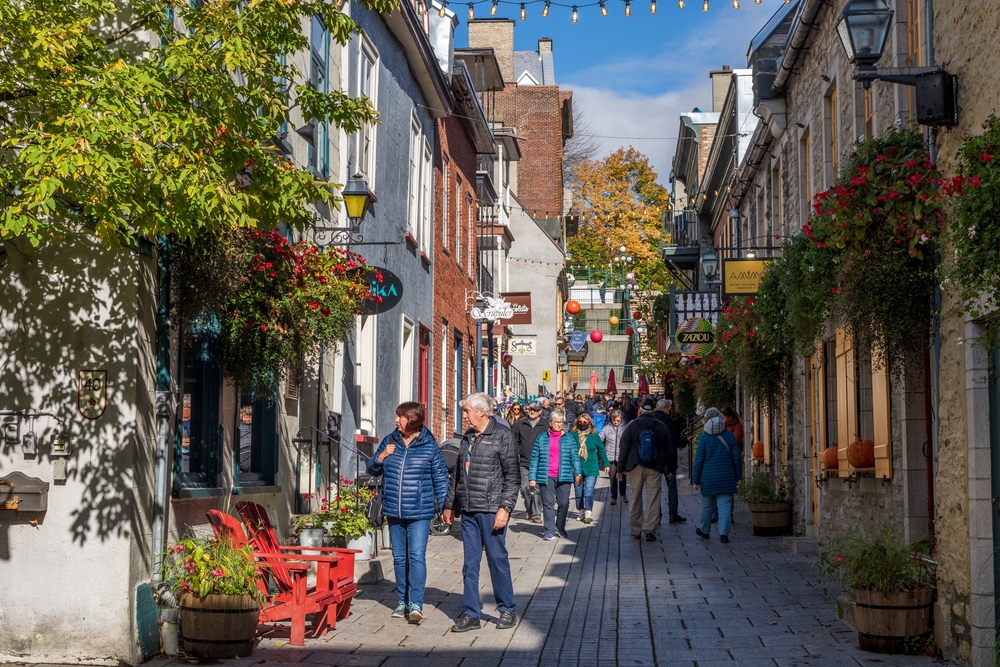
Quartier Petit Champlain, Quebec City:
Quartier Petit Champlain is one of the oldest commercial streets in North America, dating back to the 17th century. You can admire the cobblestone street and the 18th-century buildings, shop in local boutiques, enjoy French or Québécois cuisine, and watch street performers.
You can also explore the nearby Place Royale, where Samuel de Champlain founded the first French settlement in North America in 1608, and see the Notre-Dame-des-Victoires Church, the oldest stone church on the continent. To get to Quartier Petit Champlain from Upper Town, you can take the funicular, which offers a scenic view of the neighbourhood and the Saint-Lawrence River, or the Escalier Casse-Cou (Breakneck Steps), the oldest staircase in Quebec City.
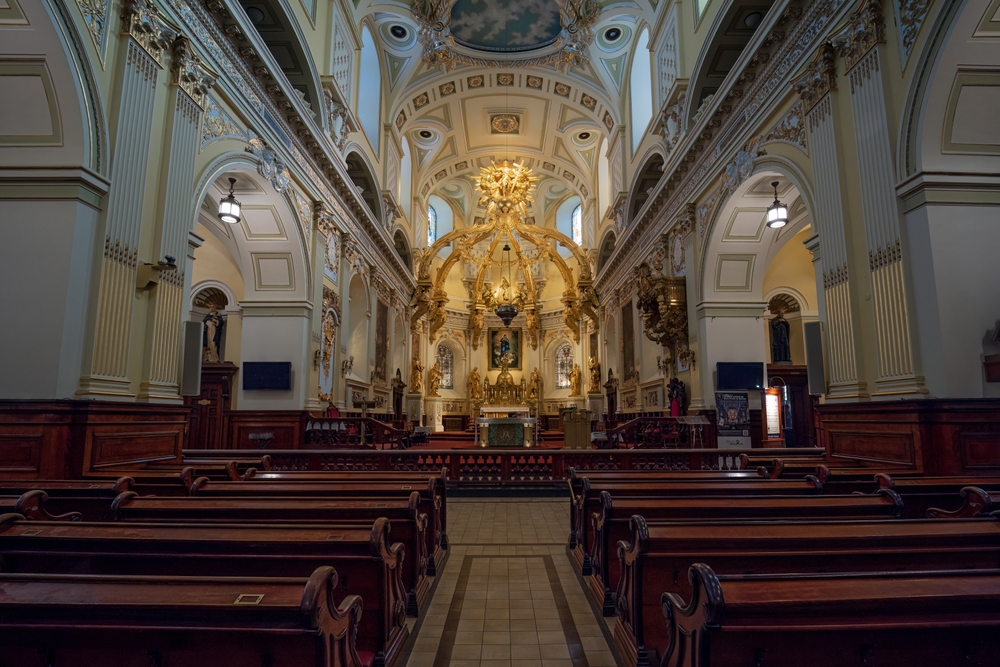
Notre-Dame de Québec Basilica-Cathedral:
Notre-Dame de Québec Basilica-Cathedral is the oldest church in Canada and a National Historic Site. This beautiful neoclassical building is located at 16 rue de Buade, in the heart of Old Quebec. It was founded in 1647 by François de Laval, the first bishop of Quebec, and has been rebuilt twice after being destroyed by fire.
You can admire its stained glass windows, golden sculptures, three Casavant organs, and the only Holy Door in the Americas. You can also visit the crypt, where some of the bishops and governors of New France are buried.
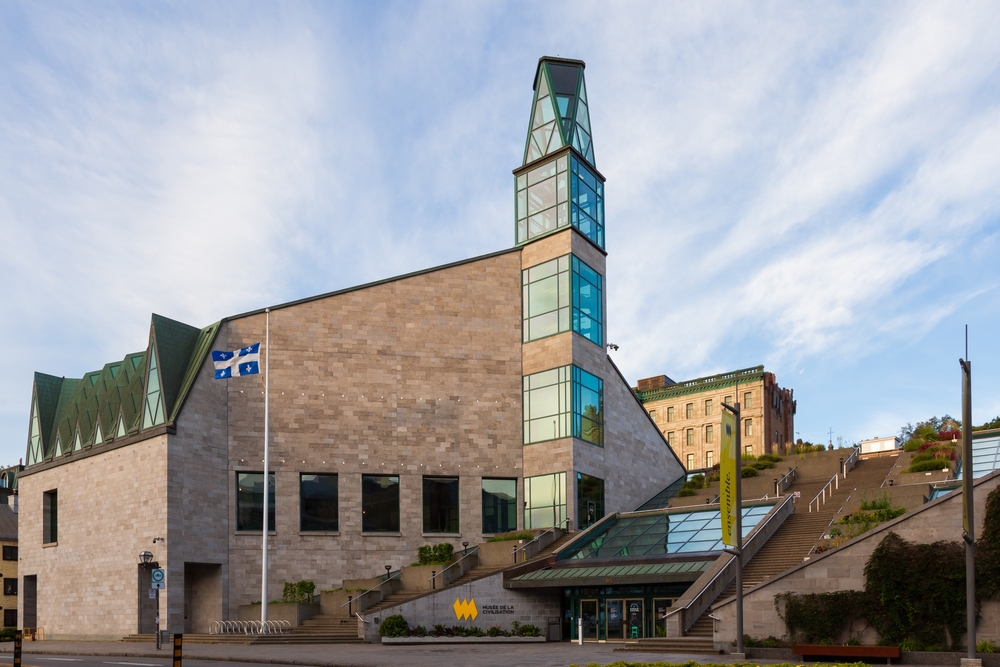
Musée de la Civilisation (Museum of Civilization):
The Musée de la Civilisation is a museum in Quebec City, Canada that explores the different aspects of human reality. It is located near the Saint Lawrence River in the historic Old Quebec area. The museum offers various exhibitions and activities that showcase the diversity of cultures and identities and the contemporary issues and challenges facing society. The museum also features a permanent exhibition about the 11 Indigenous nations that live in Quebec.
Ready to Explore Top Destinations in Asia?
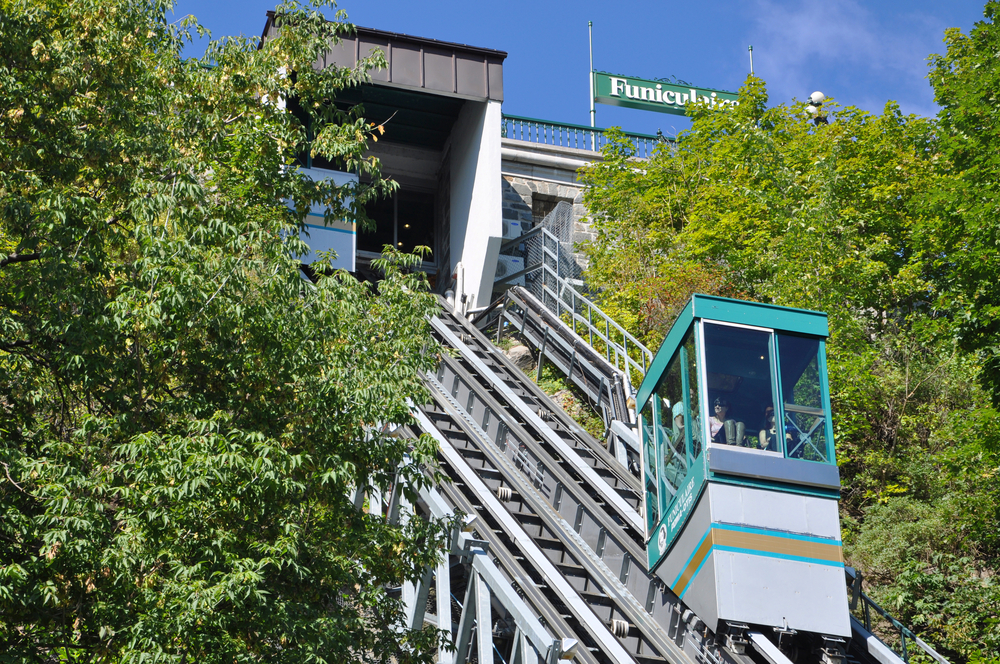
Ride the Funicular To the Lower Town:
Experience a unique mode of transportation by taking a ride on the funicular. This inclined railway connects the Upper Town with the charming Lower Town. Enjoy the scenic views as you descend the streets below, where you’ll find a vibrant atmosphere with boutique shops, art galleries, and quaint cafes.
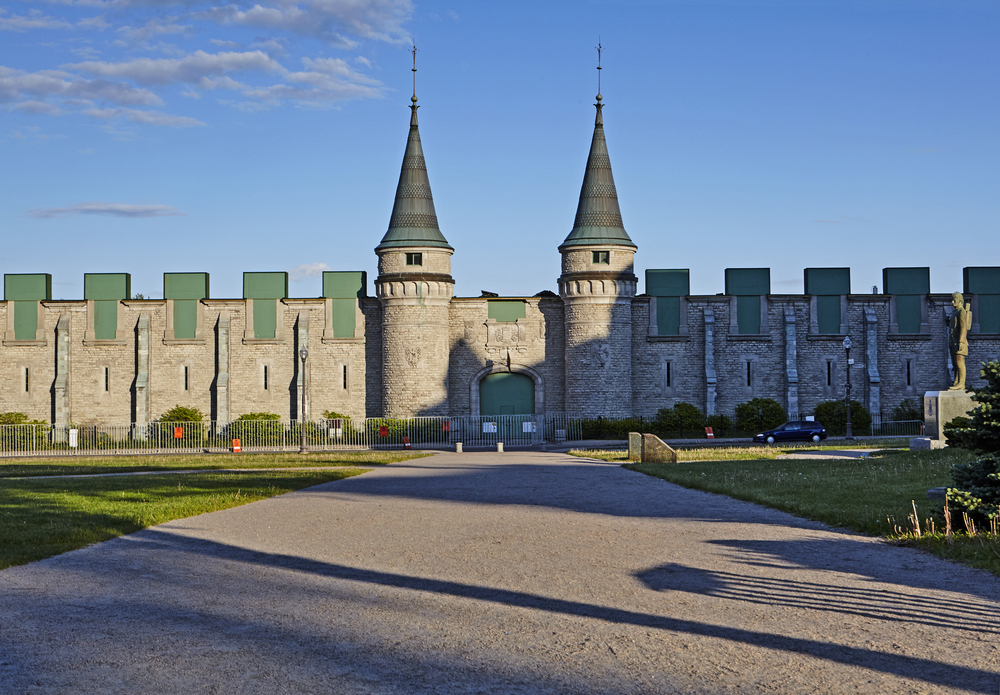
Citadelle of Quebec:
The Citadelle of Quebec, also known as La Citadelle, is a historic military installation atop Cap Diamant in Quebec City, Canada. This star-shaped fortress, an active military installation and the secondary official residence of the Governor General of Canada, offers a unique glimpse into Canadian military history.
The Citadelle is part of the historic district of Old Quebec, a UNESCO World Heritage Site, and is also home to the Royal 22e Régiment Museum, showcasing military artifacts and history. Visitors can enjoy guided tours that offer insights into the Citadelle’s historical significance and current role. The changing of the guard ceremony, held during the summer, is a highlight for many tourists.
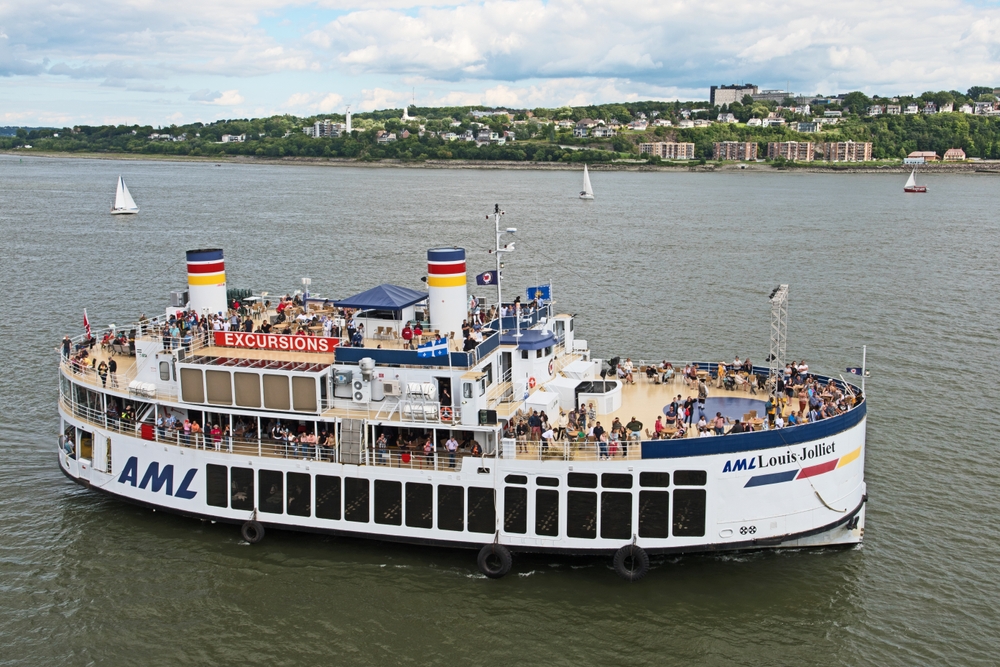
St. Lawrence River Cruise, Quebec City:
Cruising on the St. Lawrence River offers a unique perspective of Quebec’s stunning landscapes and cityscapes. These cruises, varying in duration from a few hours to full-day excursions, provide a panoramic view of Quebec City’s skyline, the surrounding natural beauty, and historical sites along the river. Many cruises offer guided commentary, sharing insights into the area’s history, culture, and geography.
Some popular highlights include views of the majestic Montmorency Falls, Orleans Island, and the meeting of the St. Lawrence with the Saguenay River. Evening cruises are particularly popular for their sunset views and the illuminated cityscape. In addition to sightseeing, many cruises offer dining options, ranging from light snacks to gourmet meals, enhancing the experience with a taste of local cuisine.
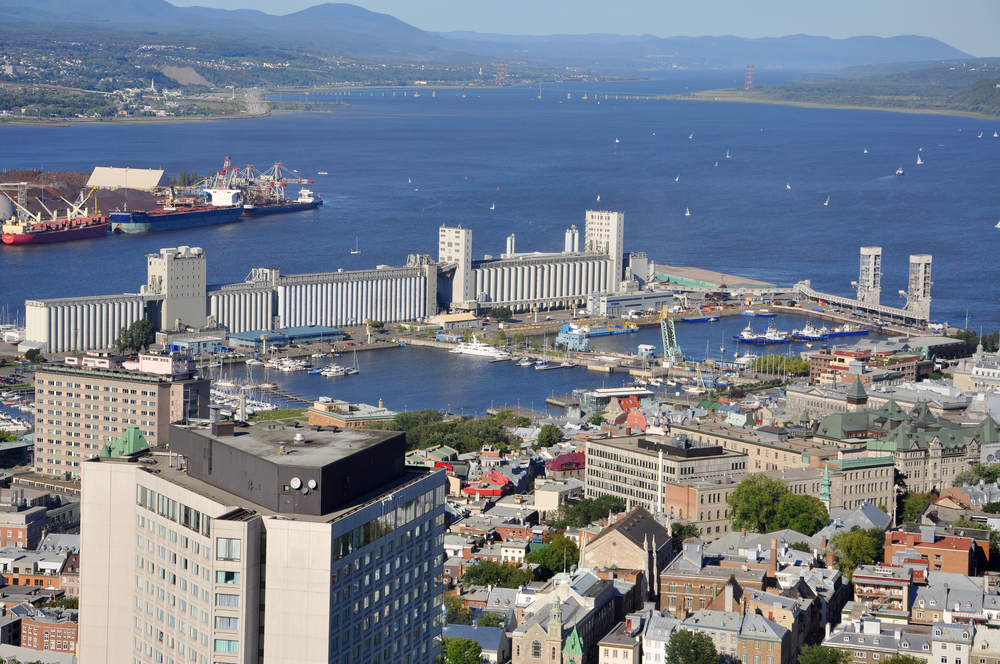
Observatoire de la Capitale, Quebec City:
The Observatoire de la Capitale is an observation deck in Quebec City, Canada, offering one of the best panoramic views of the city and its surroundings. It is the highest point in Quebec City, situated on the 31st floor of the Marie-Guyart Building, at 221 meters above sea level.
Visitors to the Observatoire can enjoy a 360-degree view encompassing the cityscape, the St. Lawrence River, the Plains of Abraham, and distant landscapes like the Laurentian Mountains. Interactive displays and informative panels guide visitors through various aspects of the city’s heritage, making it entertaining and enlightening.
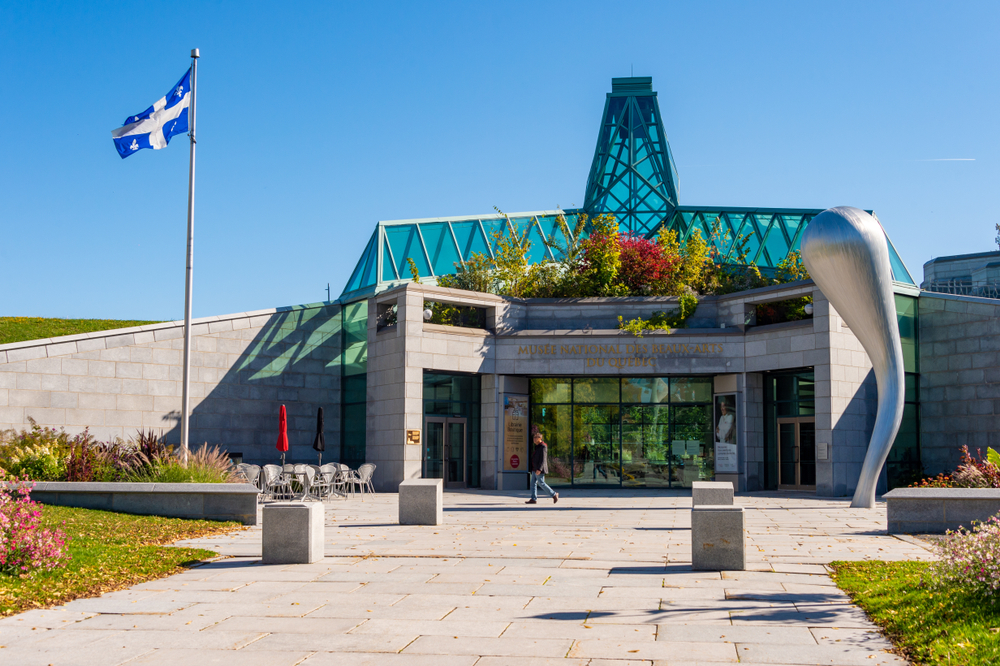
The Musée national des beaux-arts du Québec (National Museum of Fine Arts of Quebec):
The Musée National des Beaux-arts du Québec (MNBAQ), located in Quebec City, is a premier destination for art enthusiasts. This museum, situated within the scenic Plains of Abraham, boasts an impressive collection that showcases the development and diversity of Quebec art from the 17th century to the present. Its collection includes over 40,000 works, ranging from historical to contemporary art, making it an extensive repository of Quebec’s artistic heritage.
The MNBAQ consists of four pavilions, each offering a unique architectural experience. The museum frequently hosts temporary exhibitions from around the world, providing a dynamic and evolving experience for visitors. In addition to its visual art displays, the MNBAQ offers educational programs and activities, making art accessible and engaging for all ages.
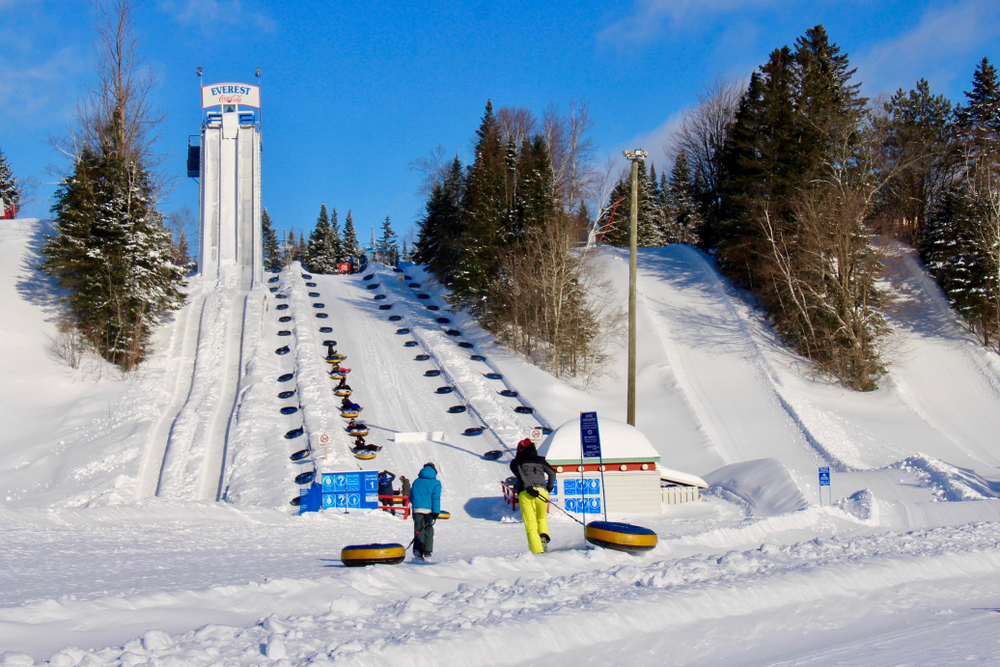
Village Vacances Valcartier, Quebec City:
Village Vacances Valcartier, located near Quebec City, Canada, is a popular all-season resort known for its extensive recreational activities. In the winter, it transforms into a winter wonderland, boasting North America’s largest winter playground with more than 35 snow slides, snow rafting, and skating paths. During the summer, the resort offers an outdoor water park with over 35 heated water slides, a wave pool, and a lazy river, making it a favorite destination for family fun.
The resort also features an indoor water park, the Bora Parc, which offers year-round tropical-themed enjoyment with slides, a surfing experience, and a pool. Visitors can choose from various accommodations, including hotel rooms, cabins, and camping.
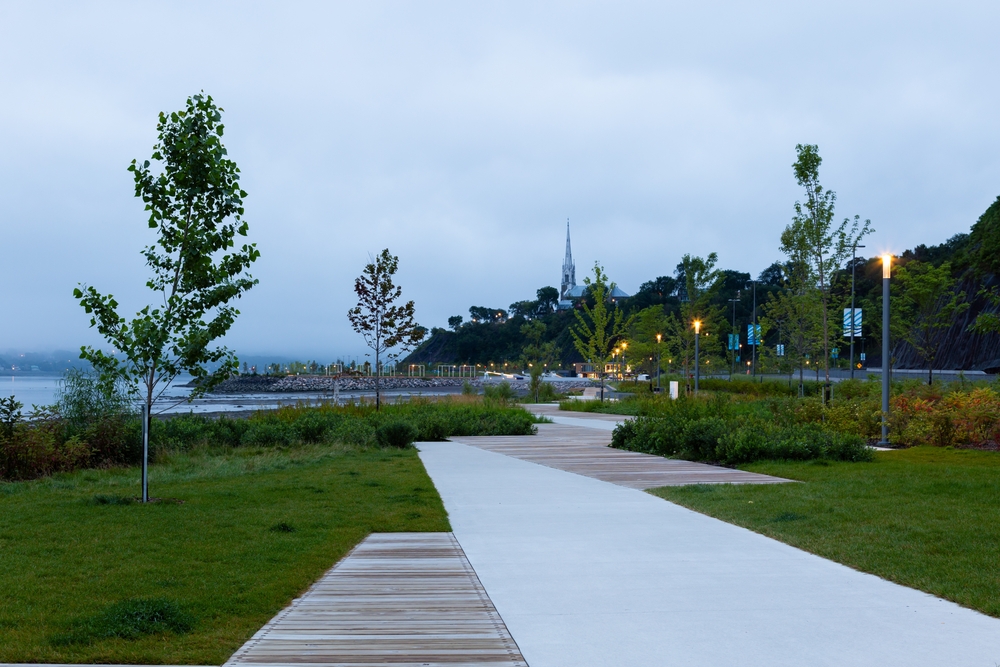
Promenade Samuel-De Champlain, Quebec City:
The Promenade Samuel-De Champlain is a scenic parkway in Quebec City, Canada, stretching along the shores of the St. Lawrence River. This 2.5-kilometer-long park, established to commemorate the 400th anniversary of Quebec City, offers a refreshing blend of natural beauty and urban design. Named after Samuel de Champlain, the founder of Quebec City, the promenade provides a picturesque setting for a variety of outdoor activities.
Visitors can enjoy walking, jogging, or cycling along its paths, which offer stunning views of the river and the surrounding landscape. The promenade is dotted with several thematic gardens, rest areas, and art installations, enhancing the experience. It also features a large, multi-level wooden terrace offering a spectacular river view.
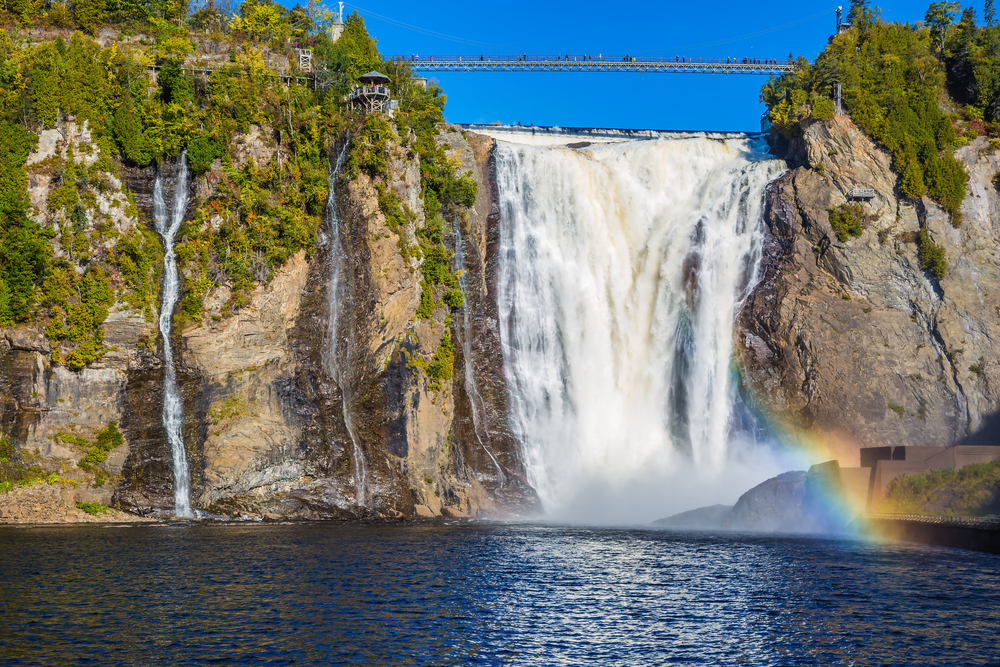
Montmorency Falls Park, Quebec City:
Montmorency Falls Park, located just a few minutes from Quebec City, Canada, is home to the magnificent Montmorency Falls, which are an impressive 30 meters (98 feet) higher than Niagara Falls. This natural wonder is the park’s centerpiece and offers a year-round spectacle.
Visitors to the park can enjoy a range of activities. In the summer, walking trails and a suspension bridge over the crest of the falls provide stunning views. The adventurous can also take a zipline adventure across the falls or climb the scenic staircase for a closer view. During the winter, the fall mist creates a ‘sugar loaf,’ a unique natural phenomenon, and the area becomes a popular spot for ice climbing.
The park features a cable car that offers a panoramic view while transporting visitors between the base and the top of the falls. There’s also a visitor center, where guests can learn about the history and geology of the falls and a restaurant with a view of the falls for a memorable dining experience.
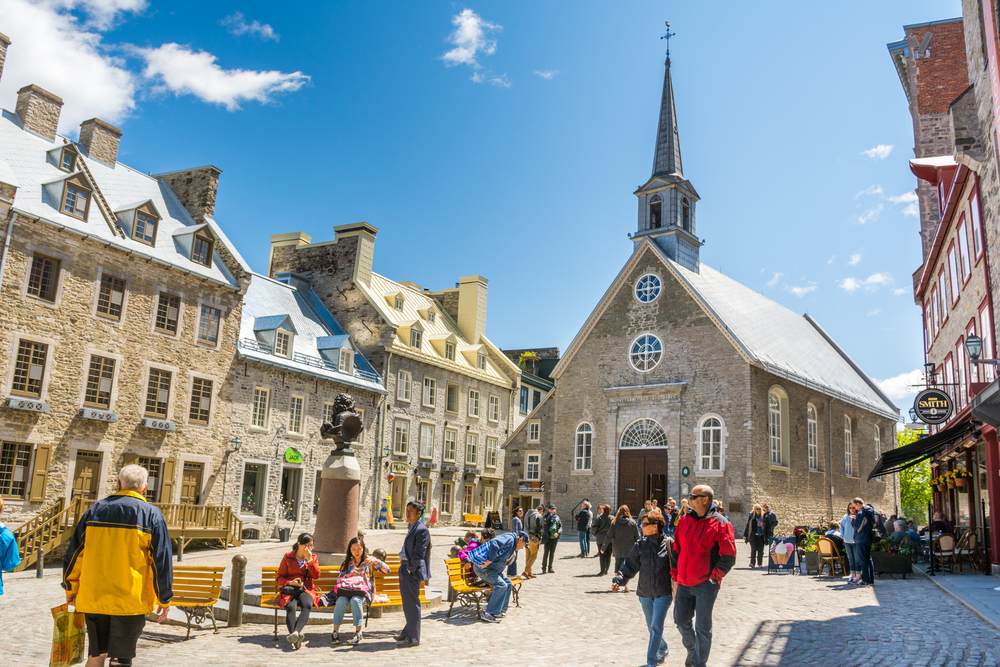
Place Royale, Quebec City:
Place Royale in Quebec City is a historic square that is a testament to the city’s rich colonial past. Known as the birthplace of French America, this picturesque square is located in the heart of Old Quebec, a UNESCO World Heritage Site. Its charming cobblestone streets and beautifully preserved 17th and 18th-century buildings characterize the area. At its center is the Notre-Dame-des-Victoires Church, one of the oldest stone churches in North America, dating back to 1688.
Visitors to Place Royale can immerse themselves in the history of New France through the many museums and interpretive centers in the vicinity, such as the Maison Chevalier and the Centre d’Interprétation de Place-Royale. The square is also a hub for quaint cafes, art galleries, and boutique shops, offering a delightful blend of historical exploration and leisure activities.

The Grand Théâtre de Québec:
The Grand Théâtre de Québec is a prominent cultural landmark in Quebec City, renowned for its modern architectural design and significant role in the performing arts scene. Opened in 1971, the theater is a key venue for a variety of performances, including plays, operas, concerts, and dance shows. It houses two main performance spaces: the Louis-Fréchette Hall, with a capacity of nearly 1,900 seats, and the more intimate Octave-Crémazie Hall, accommodating about 500 spectators.
The theater is celebrated for its artistic offerings and striking architecture, featuring a unique blend of brutalist and modernist styles. It underwent significant renovations recently, adding to its aesthetic and functional appeal. Located in the heart of Quebec City, the Grand Théâtre de Québec is easily accessible and stands as a beacon of cultural activity, drawing both locals and tourists.
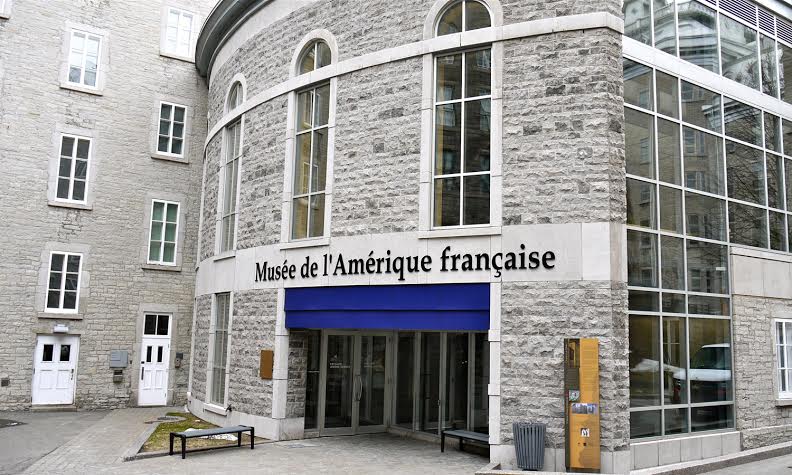
The Museum of French America, Quebec City:
The Museum of French America (Musée de l’Amérique francophone) in Quebec City is dedicated to showcasing the history and cultural heritage of French America. Situated in the historic Old Quebec, near the Notre-Dame de Québec Basilica-Cathedral, the museum is the first in Canada to focus on the francophone culture in North America. It offers a fascinating exploration of the French presence on the continent, featuring various exhibits, including artifacts, documents, and artworks.
Visitors to the museum can delve into the rich history of French-speaking communities, their traditions, and their influence in shaping the continent’s cultural landscape. The museum’s collections and exhibitions provide insights into various aspects of French American life from the colonial era to the present day.
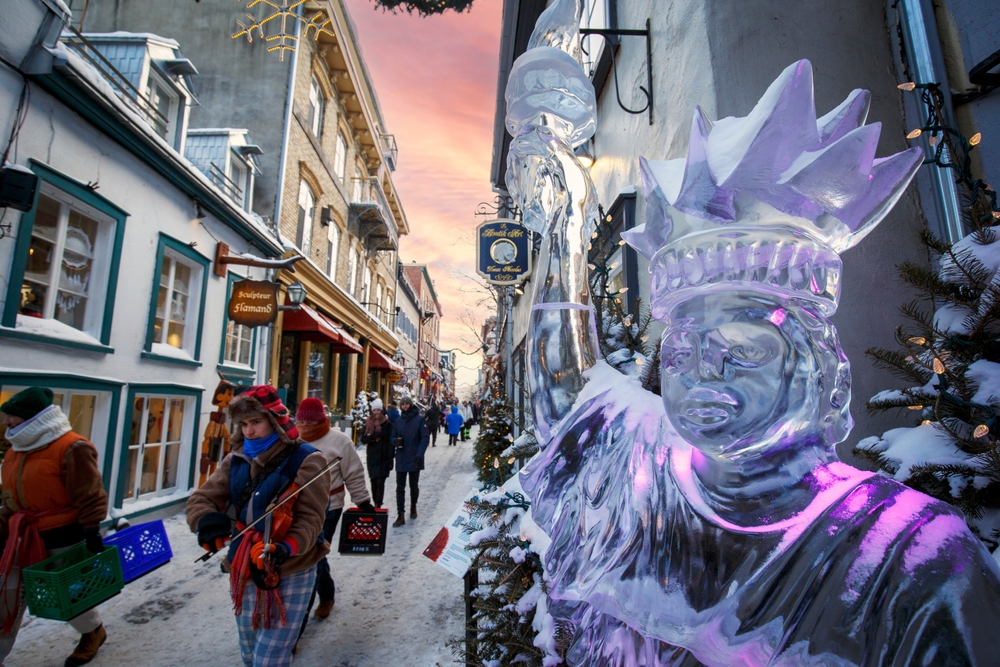
The Quebec Winter Carnival (Carnaval de Québec):
The Quebec Winter Carnival, known in French as Carnaval de Québec, is one of the world’s largest and most famous winter festivals, held annually in Quebec City. Usually taking place in late January to mid-February, the carnival is a celebration of winter with a history dating back to 1894. The festival’s mascot, Bonhomme Carnaval, a large snowman sporting a red cap, is a beloved symbol of the festivities.
The carnival offers many activities and events, including night parades, snow sculptures, ice canoe races, and concerts. One of the highlights is the Ice Palace, a large structure made entirely of ice and snow, serving as Bonhomme’s residence during the carnival. Visitors can also enjoy traditional treats like maple taffy on snow and participate in numerous outdoor activities, such as tobogganing and snow tubing.
Ready to Explore Top Destinations in North America?

Mont-Sainte-Anne, Quebec City:
Mont-Sainte-Anne is a renowned ski resort located just 40 minutes from Quebec City. Famous for its challenging ski slopes and breathtaking mountain views, it’s a popular destination for winter sports enthusiasts. It transforms into a haven for mountain biking, hiking, and golfing in the summer.
The resort offers a variety of trails catering to all skill levels, and its gondola rides provide spectacular panoramic views of the St. Lawrence River and the surrounding landscape.
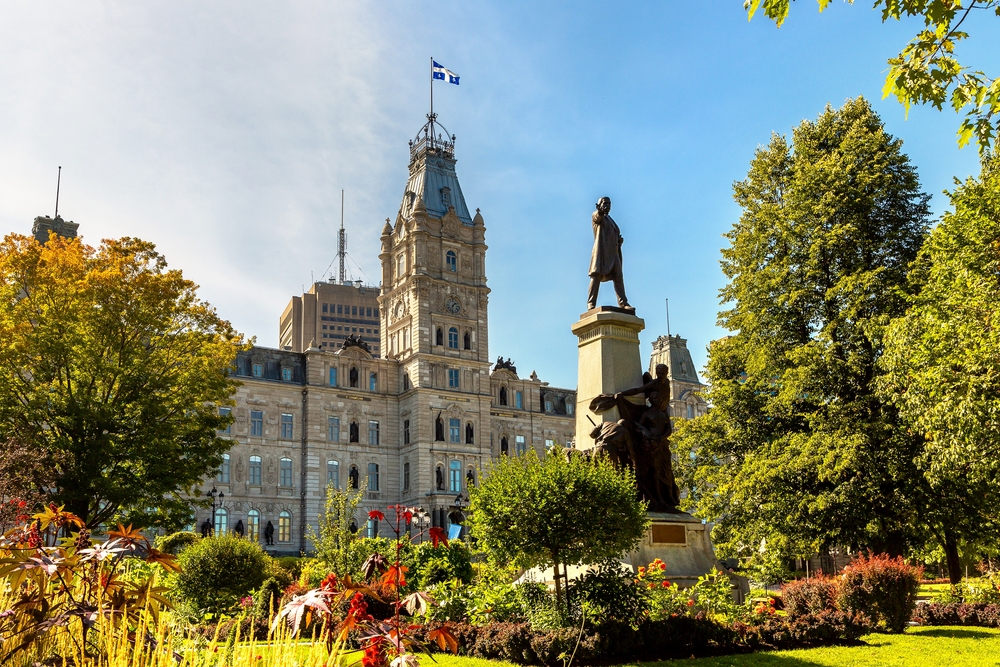
The Parliament Building (Assemblée nationale du Québec):
The Parliament Building in Quebec City is the seat of the National Assembly of Quebec and an architectural marvel. The building, featuring a Second Empire architectural style, was constructed in the late 19th century. Guided tours are available, offering visitors a chance to learn about Quebec’s political history and admire the ornate interiors of this historic structure. The surrounding gardens add to its charm, making it a picturesque spot in the city.
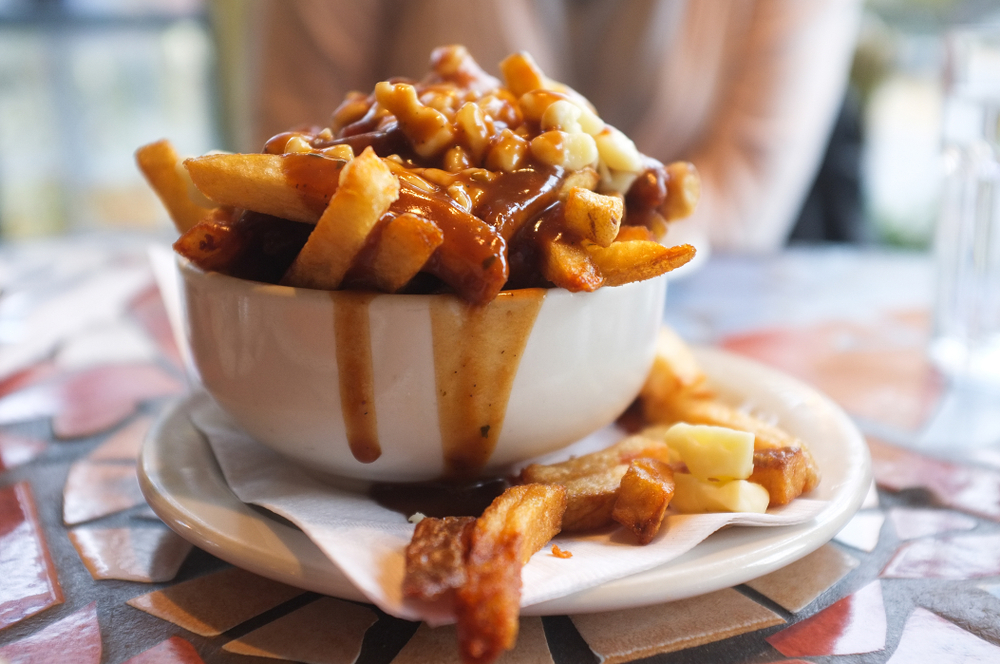
Quebecois Restaurants:
Quebec City offers an array of Quebecois restaurants that serve traditional and contemporary Quebec cuisine. These eateries taste the region’s culinary heritage with dishes like poutine, tourtière, and maple-infused desserts. Dining in a Quebecois restaurant is not just about food; it’s an immersive experience of the local culture and flavors, often enhanced by cozy, heritage-rich settings and warm hospitality.
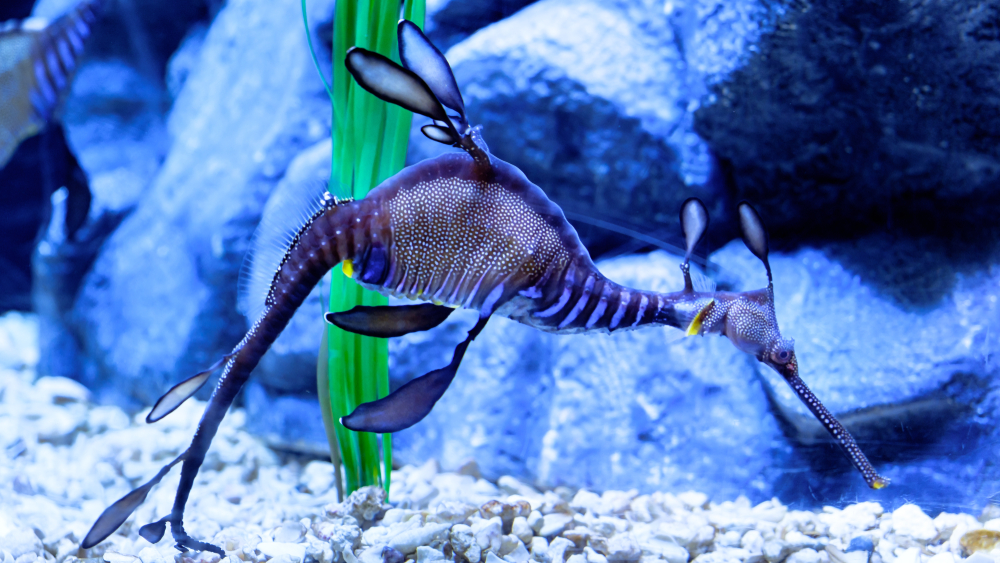
The Aquarium du Québec:
The Aquarium du Québec, located just minutes from downtown Quebec City, offers an exciting experience for wildlife enthusiasts. The aquarium features marine and freshwater habitats, housing thousands of species, including polar bears, seals, and various fish and marine invertebrates. Its interactive exhibits and educational programs make it a great destination for families and anyone interested in learning about marine life.
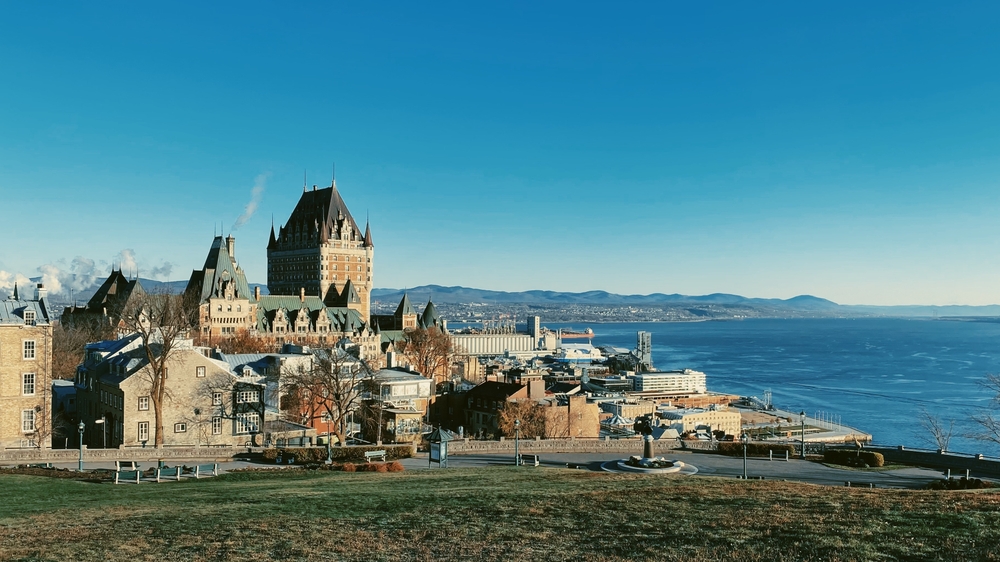
The Terrasse Pierre-Dugua-De Mons:
The Terrasse Pierre-Dugua-De Mons is a scenic viewpoint in Quebec City, offering stunning views of the St. Lawrence River. This serene terrace is perfect for walking or relaxing. It’s gorgeous during the sunset, making it a favorite among photographers and romantic strollers.
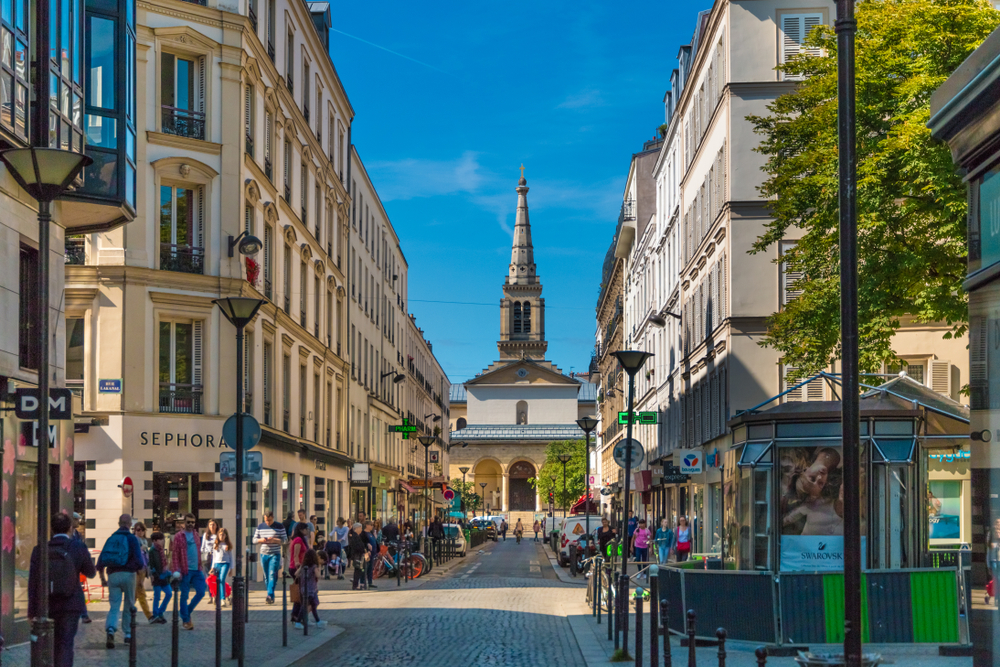
Saint-Jean-Baptiste Neighborhood, Quebec City:
The Saint-Jean-Baptiste neighborhood is a vibrant and bohemian area in Quebec City, known for its eclectic mix of shops, cafes, and restaurants. The district exudes a charming ambiance with its narrow streets, colorful buildings, and lively cultural scene. It’s an ideal place to explore on foot, offering a glimpse into the city’s contemporary urban life while retaining its historic character.
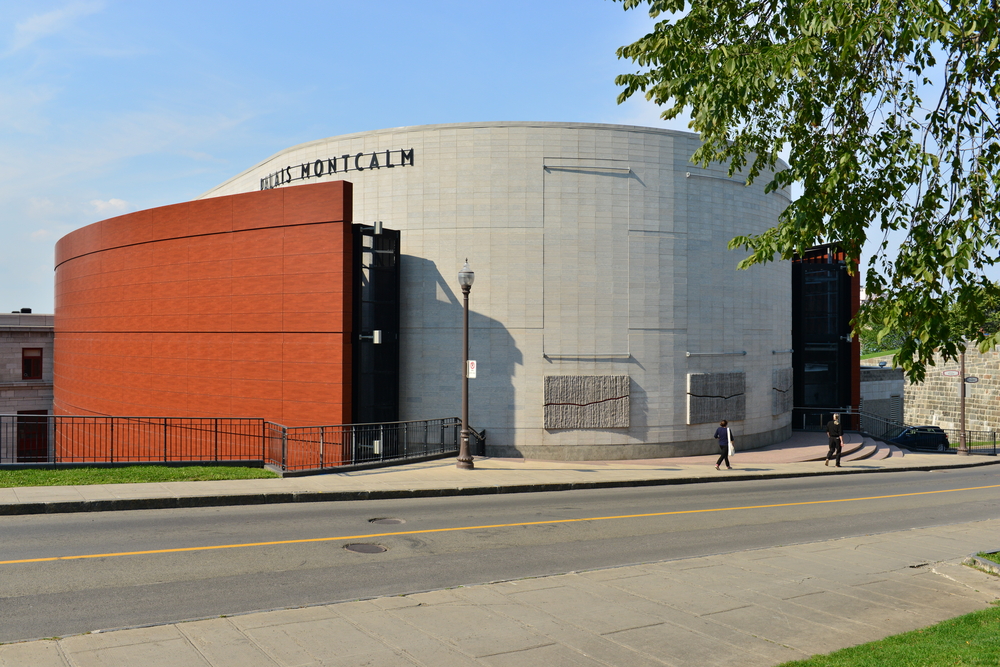
Palais Montcalm, Quebec City:
Palais Montcalm is a renowned music venue in the heart of Quebec City. Known for its exceptional acoustics and elegant Art Deco architecture, it hosts a variety of musical performances ranging from classical and jazz to contemporary genres. The venue’s intimate setting ensures an immersive experience for music lovers, making it a key destination for those seeking high-quality musical entertainment in Quebec City.
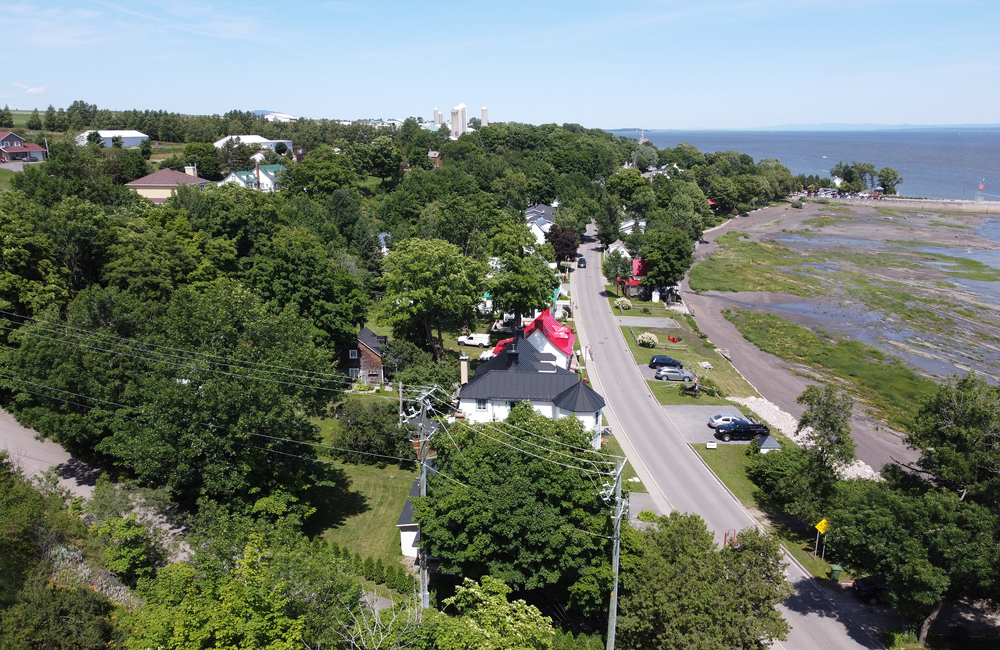
Île d’Orléans, Quebec City:
Just a short drive from Quebec City, Île d’Orléans is a picturesque island known for its rural charm and agricultural heritage. The island is dotted with vineyards, orchards, and historic homes, offering a peaceful escape from the city. Visitors can enjoy local products like wines, ciders, and fresh produce and explore quaint villages and stunning landscapes that reflect the island’s rich cultural and historical legacy.

